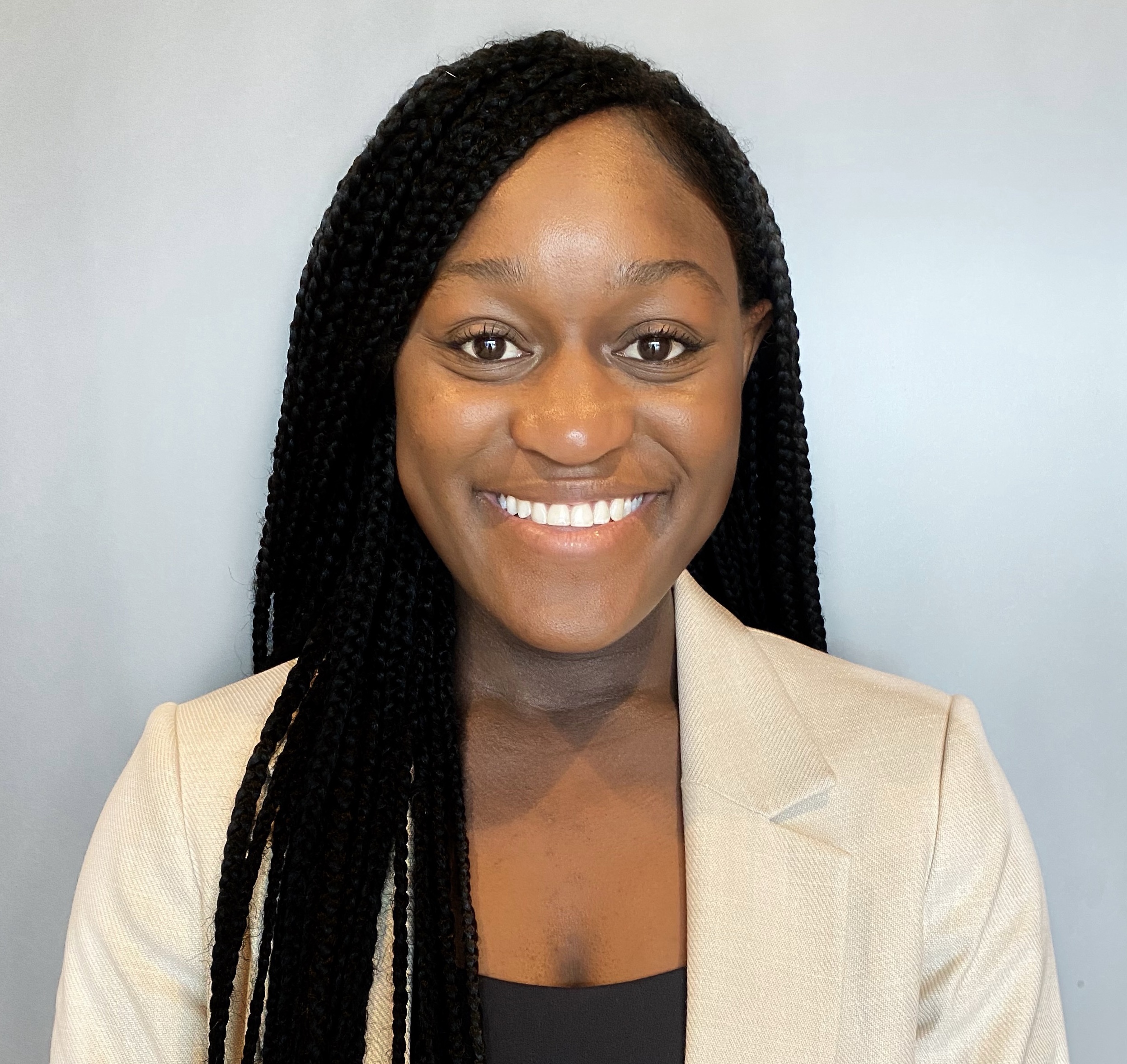When thinking of the medical school application components, we often direct our attention straight to the big personal statement that we all dread starting. From there, many students find themselves thinking about all the secondary applications they’ll have to write. However, another crucial writing component of the application is missing in that train of thought! The activities section involves more than just entering all the research and volunteering you’ve done in the past 4 years. This section is one of only a few ways that you can truly SHOW your interests and passions evolving over time, rather than TELL a school about it. Approaching this section of the application can be done in two phases. First, the selection: mapping out all the activities you have ever completed and being intentional about which ones you include in your application to create a well-rounded story of your journey towards medical school. Then, the writing: giving the admissions committee a taste of your growth and or achievements within a tight character limit. For now, let’s talk about the first phase. I’ve broken it down into 5 simple steps to get you started!
Step One: Write down every activity you have done in college
That’s right, every single activity, award, job, volunteer experience, research role, club membership, big or small, write it down. It may be easiest to write them each on a separate flashcard, that way you can move them around later in step three. Don’t be afraid to take your time with this and make sure you’ve written everything down! If you haven’t already decided on the overall themes for your application, this is a great time to take a look at all you’ve done and see if any themes jump out at you!
Step Two: Read and understand the AAMC core competencies
Lucky for us, AAMC has written a lovely article describing the exact qualities they are looking for entering medical school students to have. Visit https://www.aamc.org/services/admissions-lifecycle/competencies-entering-medical-students and read through each one.
Step Three: Categorize your activities under the core competencies
Do you feel like one competency aligns with you more? Is there one that you feel you are lacking experiences to support? Keep those thoughts in mind as you write down each one of those competencies on a flashcard – these are the major categories that you’ll be placing each of your activities under. Take each activity card, one by one, and ask yourself, “What competency is demonstrated by the work I did here?”. Some activities may be able to fit under more than one, that’s okay! For this first round of organizing, just trust your gut and place each one where you think it makes the most sense. Some activities may not align with any competencies in your mind, that’s also okay! Do your best to place in somewhere for now.
Step 4: Take an inventory on what’s there and what’s missing
Now that all cards have been placed under their categories, what do you see? Are the categories evenly balanced, or is there one competency that’s overflowing with experiences compared to another?
Step 5: Move things around to create a well-rounded list
If you are noticing that one or more competencies are lacking, refer to those activities that could fit into more than one category, and move them around to balance things out. Don’t be afraid to remove some of the activities that may not make the most sense for your application narrative, keeping in mind that the maximum number of activities is 15. The goal here is to put forth a healthy list of activities that reflect a well-rounded, fully competent applicant.
Now you’ve got a great list of activities that should reflect your story as an applicant AND demonstrate your meeting or even exceeding the expectations that AAMC has for entering medical school students. On to writing!

Comments